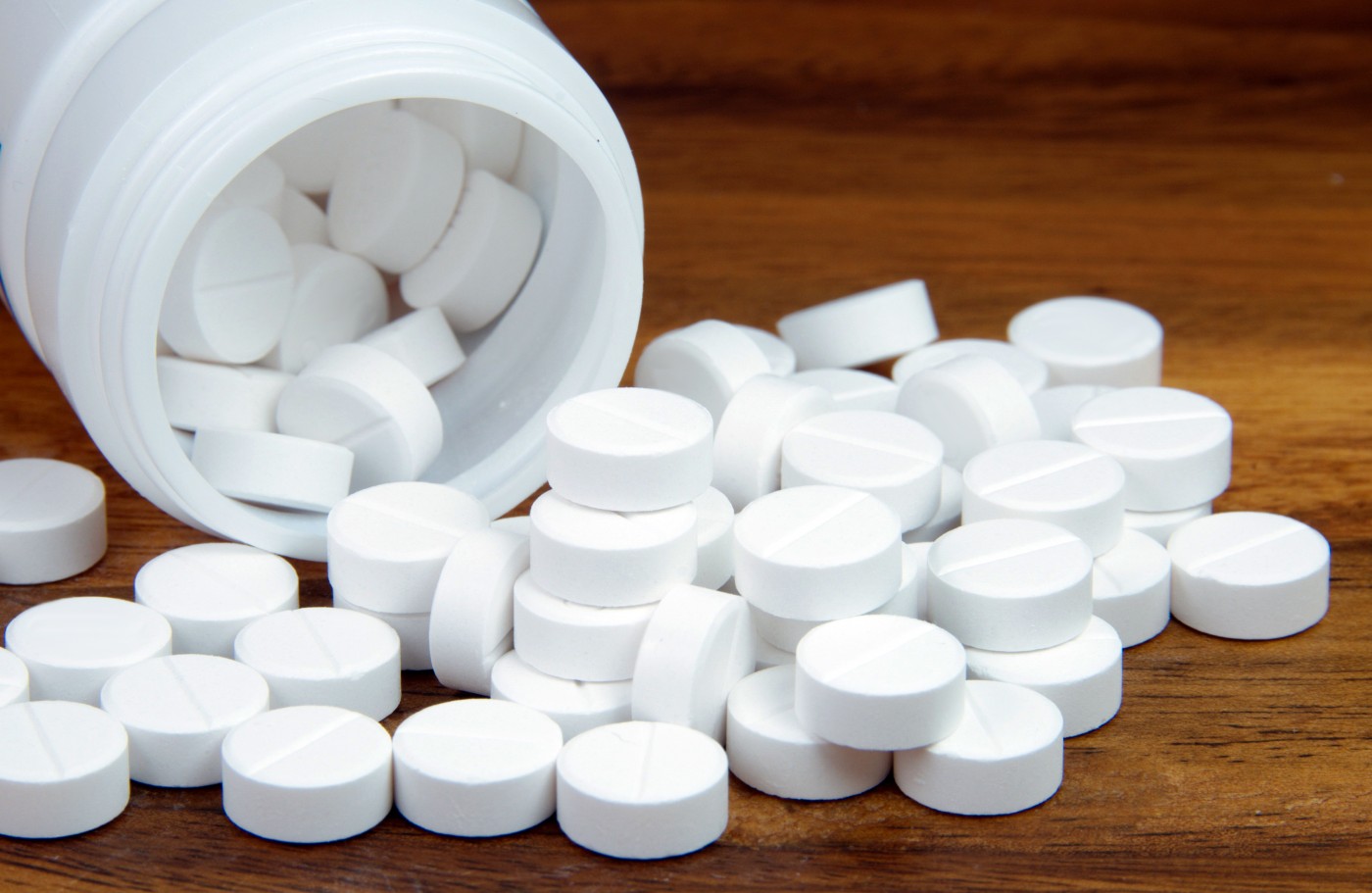PAH Management via Oral Therapy Shows Advantages and Drawbacks

Over the last decade, new oral therapy agents in the form of pills used for the management and treatment of pulmonary arterial hypertension (PAH) have been integrated and improved, such as ERAs, PDE-5 inhibitors, and prostacyclin analogs. Oral PAH therapy is a positive development for patients, since it makes compliance with treatment much easier. However, despite such advancements and improved clinical outcomes, epoprostenol infusion therapy given intravenously — the first targeted PAH therapy to be approved — remains the preferred treatment for patients with severe PAH, likely due to the scarce data regarding long-term survival of severe PAH patients treated with oral medication.
A new review paper, entitled “The limits of oral therapy in pulmonary arterial hypertension management” and published in Therapeutics and Clinical Risk Management, details the use, advantages, and disadvantages of PAH-specific medication as mono and combined therapies, the drugs’ pharmacokinetic characteristics, and available clinical data regarding treatment choice and disease severity.
Therapy with PAH-specific drugs is usually initiated when PAH patients stop responding to calcium channel blockers. Classical compounds include ERAs (Bosentan, Ambrisentan, Macitentan, Sitaxentan), PDE-5 inhibitors (Sildenafil, Tadalafil), sGC stimulators (Riociguat), and prostacyclin analogs (Epoprostenol, Treprostinil, Beraprost). More recent therapies include novel compounds, such as TKIs and selective prostacyclin receptor (IP receptor) agonists, which target vasodilatory pathways and include different routes of administration.
For severely ill PAH patients, those listed as WHO-FC IV (World Health Organization functional status), intravenous epoprostenol was the only specific drug recommended under 2013 guidelines from National Institute for Health and Care Excellence. Despite their efficacy in improving symptoms, exercise capacity, and patients’ clinical outcome, however, intravenous, subcutaneous or inhaled prostacyclin analogs are limited by either parenteral or inhaled delivery systems; the need for laboratory monitoring; exhaustive dosing schedules; injection site pain; and infections from intravenous catheter. In comparison, orally administered ERAs, PDE-5 inhibitors and prostacyclin analogs also demonstrate clinical improvements in patients and are more chemically stable (longer half-life), but they come with significant side effects such as headaches, flushing, liver enzyme abnormalities, dyspepsia, and diarrhea.
If clinical response to initial therapy is not successful, the next step involves combination therapy of multiple classes PAH-specific drugs, an attractive alternative for severe status PAH patients and for improvement of long-term clinical outcomes. This combination usually includes drugs with three different mechanisms of action, targeting signal pathways involved in the disease pathogenesis, the endothelin pathway, the NO pathway, and the prostacyclin pathway. However, some WHO-FC III or IV classified patients do not benefit from the medication treatment, especially oral therapy, and must be considered for surgical procedures, such as balloon atrial septostomy or lung transplantation.
The review establishes that orally administered ERAs, PDE-5 inhibitors, sGC stimulator, and prostacyclin analogs have shown clear clinical benefits, namely improvements of symptoms and hemodynamic in patients with PAH. However, oral medication has some efficacy and safety limits, especially for PAH patients with WHO-FC IV and with severe right heart failure, where oral treatment data is also limited. The researchers conclude, “Medicinal chemistry programs must be embarked upon aiming at the identification of novel compounds for PAH with high oral efficacy. Further research, exploration, and clinical experience with oral therapy in severe PAH and combination therapy will redefine its position in PAH management.”







